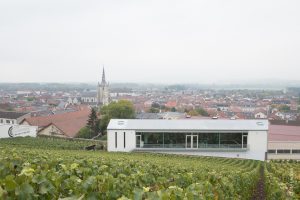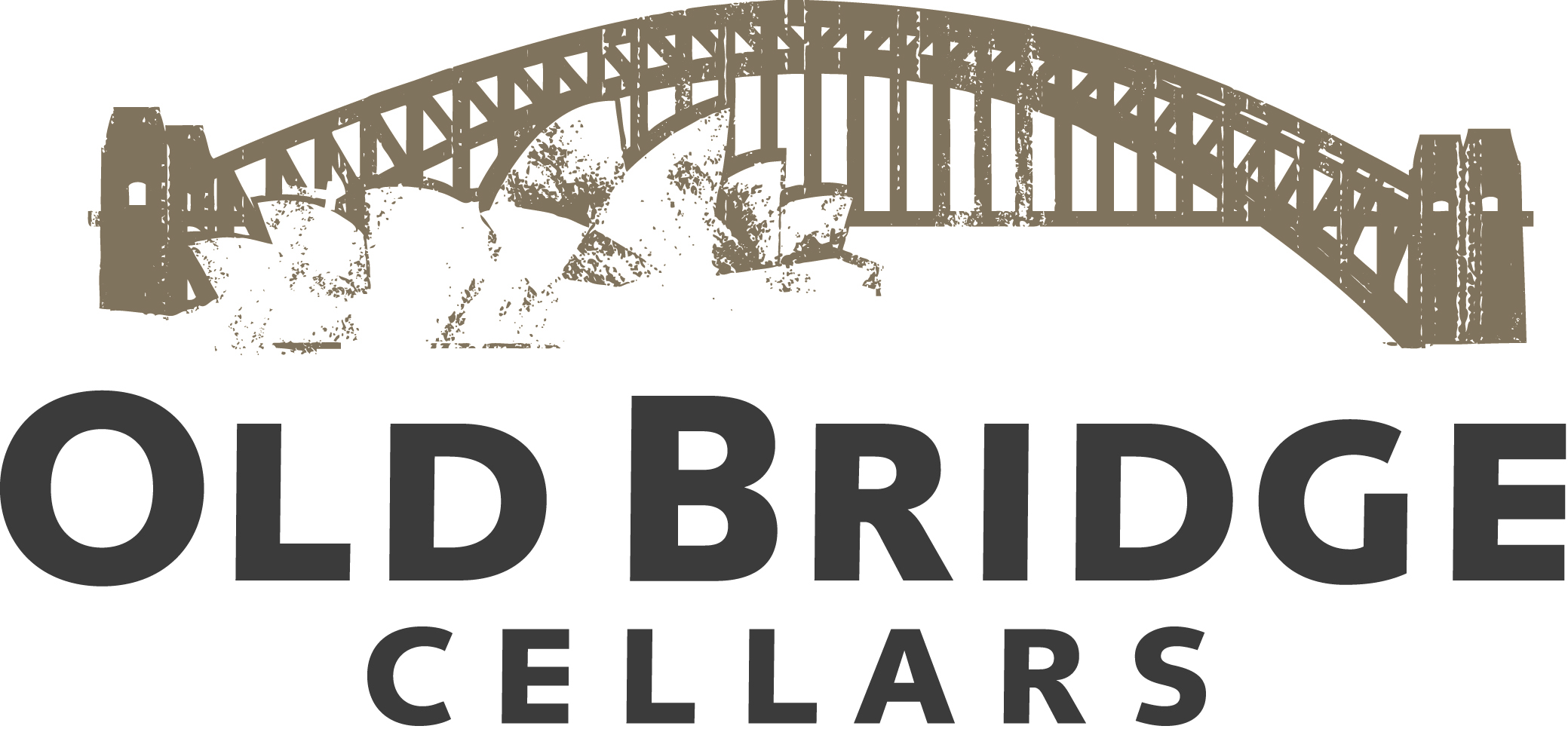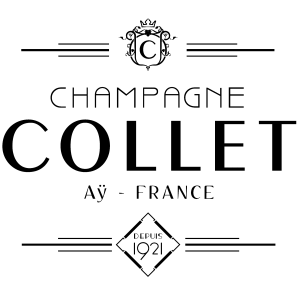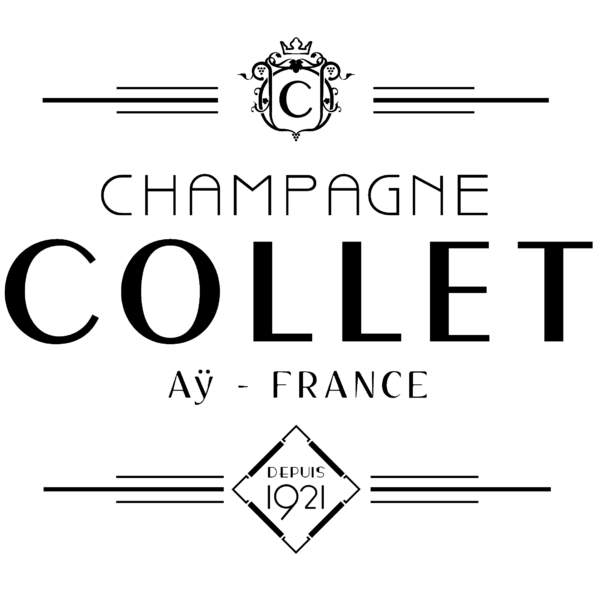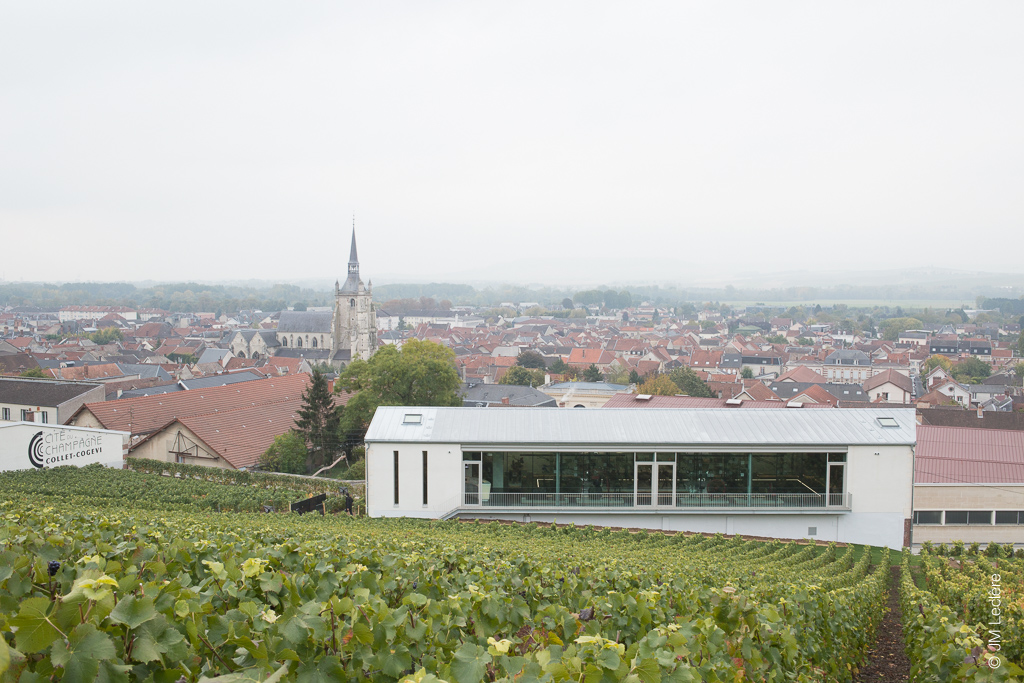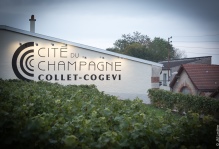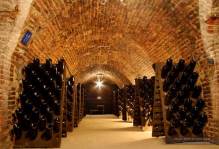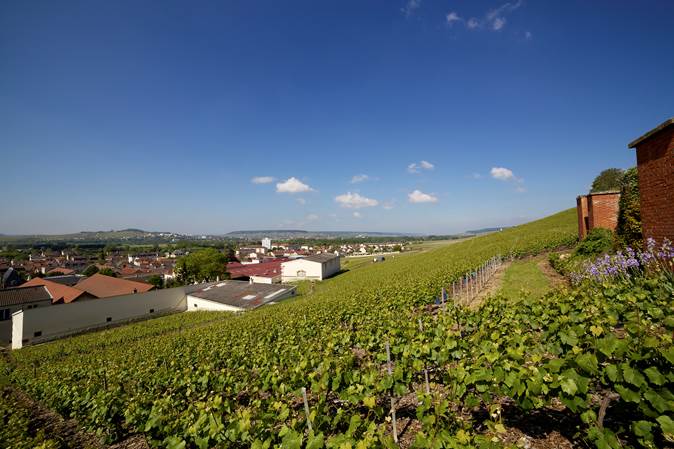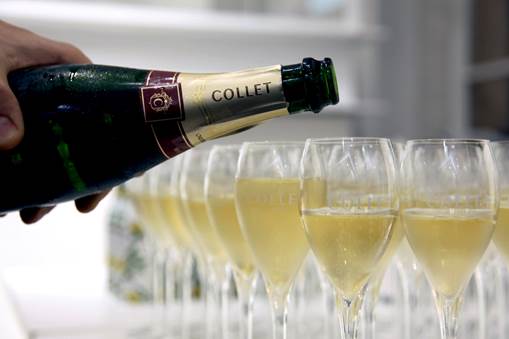- Founded
- 1921
- Winemaker
- Sebastien Walasiak
- Climate
- Cool continental climate.
- Key Varietals
- Chardonnay, Pinot Noir, Pinot Meunier
France, Champagne
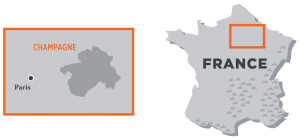
Wines
Brut
Brut Rosé
Brut Art Deco Premier Cru
Extra Brut
Demi-Sec
Rosé Dry Collection Privée
Blanc de Blancs Premier Cru
Blanc de Noirs Premier Cru
Brut Vintage Collection Privée
Aÿ Millesime Premier Cru Vintage
Grand Cru Aÿ 2012
Esprit Couture Brut
Cuvée No 21 Brut
Don’t see what you’re looking for? Contact us at marketing@obcwines.com
"Lightly structured wines with smoothness and a touch of biscuitness. The more upmarket the cuvée, the more intense the fruit. The vintage wines are biscuit-rich solid performers."
About
The history of Champagne Collet is inextricably bound to the history of the Champagne region. A founding member of COGEVI, the growers’ alliance, Champagne Collet’s history harkens back to the Revolt Champenoise that began in 1911. The revolt resulted in the establishment of Champagne as an appellation (AOC) to counter fraudulent production; Champagne Collet was founded in 1921. It is located in the heart of Aÿ, a UNESCO World Heritage Site within the Vallée de la Marne growing region famous for Pinot Noir and one of Champagne’s 17 Grand Crus. From the beginning, Champagne Collet has identified itself with the Art Deco period that became popular in the 1920s. The creative wave unleashed by the Art Deco style was the perfect accompaniment to the joy and abandon of life in the 1920s and remains part of the attraction to Champagne in the present day.
Visit WebsiteWinemaking
At harvest, at stations in each vineyard, the grapes are gently pressed within one hour of hand-harvesting. In this way, the clarity of the must is not compromised. An indigenous, natural primary fermentation then takes place at the winery. Sebastien painstakingly blends the resulting wines of the classic Champagne varieties, using the product from hundreds of individual vineyards and several vintages. Blending is the ultimate art of Champagne, and is key to maintaining Champagne Collet’s incomparable house style. The cuvées are bottled with a bit of sugar and yeast for the second fermentation, or ‘prise de mousse.’ After disgorgement, the bottles are aged far beyond the minimum requirement in the winery’s 100-year-old chalk cellars resulting in softer wines needing less dosage. Some cuvées are matured in barrels from oaks grown in the appellation.
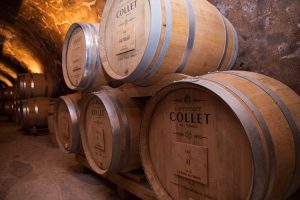
Viticulture
Champagne’s primary distinguishing feature is that the vines are planted at the northernmost limits of their cold tolerance. The ideal vineyard sites are east to southeast facing, gently sloped, and are protected by thickly wooded hilltops allowing the grapes to ripen given the climatic challenges. Champagne Collet’s vineyards are in Premier and Grand Cru villages that reflect the diversity of Champagne’s terroirs. They source fruit from 850 growers spread over 160 different crus (there are a total of 320 crus in Champagne). However, winemaker Sebastien Walasiak uses no more than 10% of the overall vineyard yields to produce the best possible champagnes with year to year style consistency.
